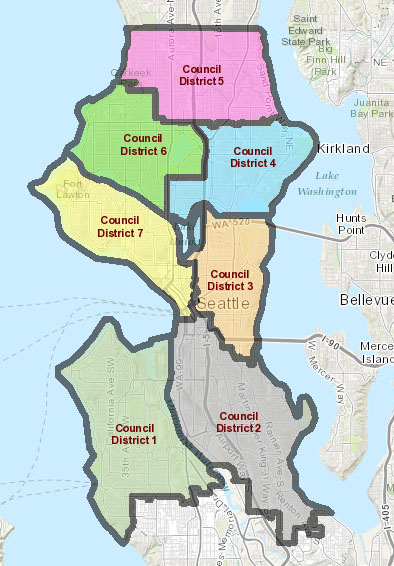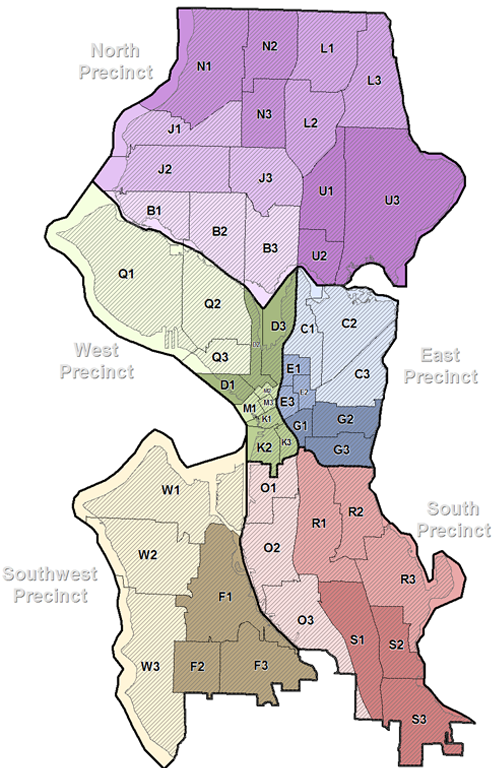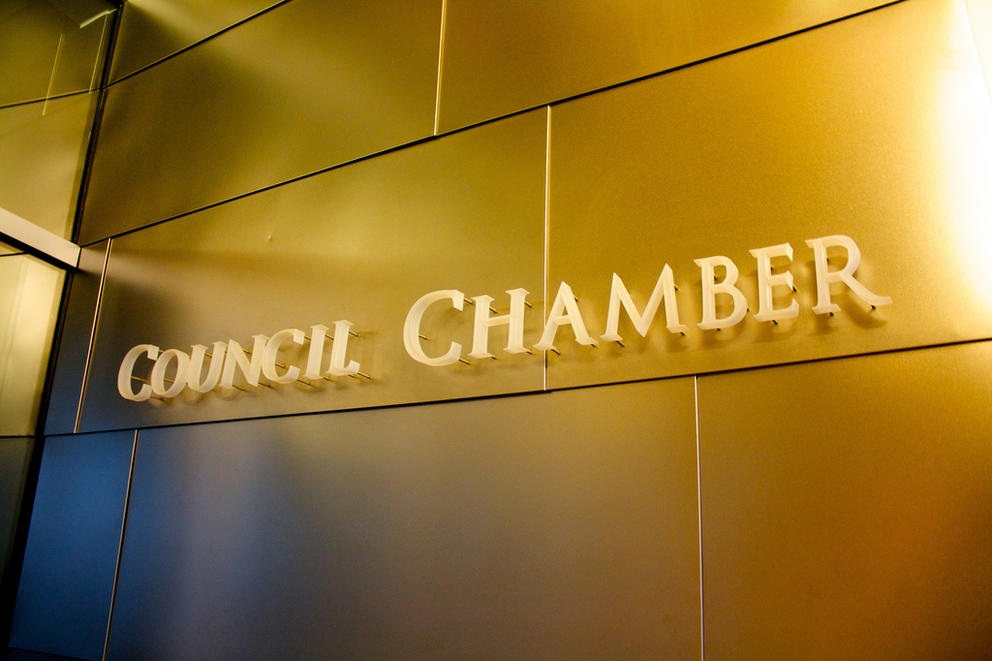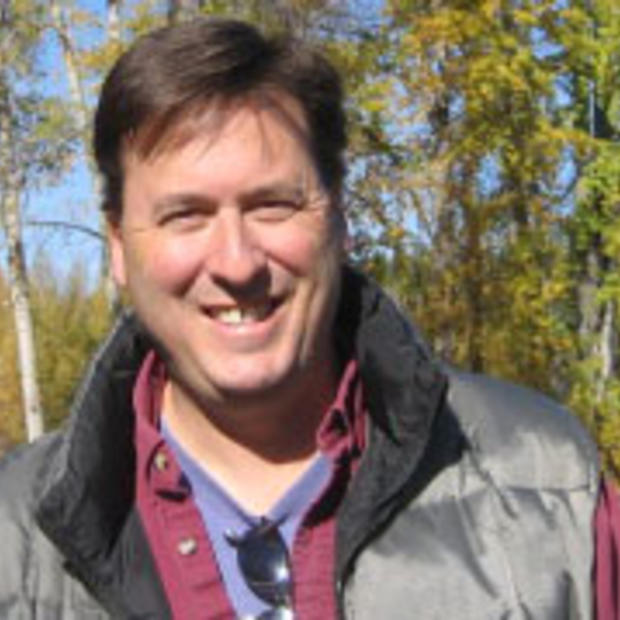There have been numerous interpretations of the recent district elections for Seattle City Council — did the Socialists win? The Chamber of Commerce? Was it a big win for the New Urbanists? Are developers going to get everything they want? Lots of smart people are coming up with reasons their side won and the other lost. The reality is this election had a little something for everyone.
But the really interesting and impactful action is yet to come. There is a new political gravity that will tether even the most ardent globalist to the ground.
Without a doubt, Mayor Ed Murray, his staff, and department directors are already planning for the new reality and the new faces arriving in January. In the past, and for most of my life, the council has functioned much like a think tank, weighing in on global issues while leaving the day-to-day governance to the mayor and city departments.
Here are just a few areas where district accountability, or gravity, will almost certainly alter governance and change the framework of debate in 2016.

Police staffing and patrols
While the police department has been under a lot of scrutiny over the past few years, there will be a new kind of scrutiny under the new district council system. Council members will be paying a lot of attention to staffing levels in the various precincts, making sure that their area is getting their fair share of patrols. And they will have to pay attention to a fairly obscure group often ignored in the days of what often seemed like the Global City Council (and may still have some of those overtones, with one member off to the Paris climate talks).
There are five police precincts in the city: Southeast, Southwest, East, West and North. Traditionally, each precinct captain has convened a precinct advisory council that lobbies the city for resources and serves as a communications link between the department and the community. Some captains have been more energetic than others in using this informal lobbying arm. Now, the precinct commanders have another ally, the council members who represent their patrol area.

It is interesting to note that the North Precinct patrol area will have three council representatives, while the four other precincts will have one each. To be sure, there are still two members from at-large council seats who will be much sought after votes by the district council members. The precinct advisory councils have a reputation of being a pretty law and order bunch compared to the non-profits and city advocates one usually sees at city council meetings.
The precinct advisory members want more policing, not less. And they are much more favorable to the police than elected leaders tend to be. This is, in part, why they have generally been marginalized. The question will now be how the new system changes this dynamic.
Will 3rd District Councilmember Sawant, for instance, have to attend the East Precinct Advisory Council and explain what she plans on doing about crime in the district and how she will get more patrol hours for her constituents? Will north end Councilmembers Mike O’Brien, Debora Juarez and Rob Johnson push for more police presence on The Ave, Aurora, Lake City and Ballard? Can they woo the two at-large council members to help with staffing concerns? Those three plus the two equals five. And as former Councilmember Richard McIver was fond of saying: Five votes is policy.
Over time, will the council as a whole become more favorable to enforcement actions by SPD? It will be much more difficult for council members elected by a district to pass off problems to SPD and the mayor, or to explain that larger societal problems are to blame and there’s nothing the council can really do. Those days, in fact, are probably over. The gravity of accountability is a strong pull.
Who represents the neighborhoods?
The Department of Neighborhoods will have to rethink how neighborhood district coordinators are deployed in the 13 neighborhood district system as well as their role in the new seven-district council.
In fact, the city's whole neighborhood system, with community councils electing reps to district councils that have membership in the City Neighborhood Council, will likely change. This system, embedded in city ordinance, will either be repealed, altered or simply ignored. Because the 13 districts do not comply with the boundaries of the new seven council district boundaries, something will have to be done. But the question must be asked: Because the current system of city-paid neighborhood coordinators ("bringing government closer to neighborhoods") and their district advisory councils is a vestige of the at-large City Council era, do we need it at all?
Will coordinators be seen as allies to council members or the eyes and ears of the mayor? For years, the coordinators have been doing essentially the same job that the new council members will be expected to perform. How will all this overlap be handled, and how will the mission of the Department of Neighborhoods adapt to the changes?
Getting a district share of services
In a similar story to SPD, the transportation department, parks and public utilities will need to organize their bureaucracies to deal with specific council inquiries emanating from specific council members about specific local issues. In the past, these complaints went directly to the mayor, the chair of a relevant council committee or the department. A formal response system within departments will have to be set up to deal with these inquiries and ultimately provide answers.
Because council members will be judged on their performance on getting these answers and solutions, they and their staff will be highly focused on tracking these issues to resolution. The prior focus of the council to set overall policy and then get out of the way is probably over. The implementation, adequacy and equitable distribution of services will be the new focus for council members. And council members better get really good at constituent services. People now know who to call.
Follow the money
Budget season is where the real battles are likely to take place. The at-large positions will exert the most power here. The three northern tier and three southern tier council members will each form separate blocks — and sometimes join together in powerful combinations — while the Downtown rep (District 7) and two at-large members will probably work together much like the past councils. But one thing is guaranteed: Big projects and expenditures will have to show benefit beyond Downtown. The just-approved transportation levy will test the ability of the city departments, council and mayor to deal with these new district challenges.
The good news for the mayor is that he has resources to share around the city to influence votes for his policies. He is in a much stronger position, particularly in a booming economy and recently passed tax levies. His staff likely already has a list of things that council members will want for their district.
While all elected officials want to change the world — like all of us — the new political gravity of district representation will likely cool more global aspirations in favor issues closer to the ground. Political ideology only gets you so far when somebody is calling about a dangerous street on which their kids travel, or a park that is unsafe on those warm summer nights.
In truth, it's hard to say who really won big in the recent elections. The mayor certainly has a stronger hand to play. But voters also get much needed accountability and focus on issues that impact their daily lives. Could it be that everyone won? We’ll see.



